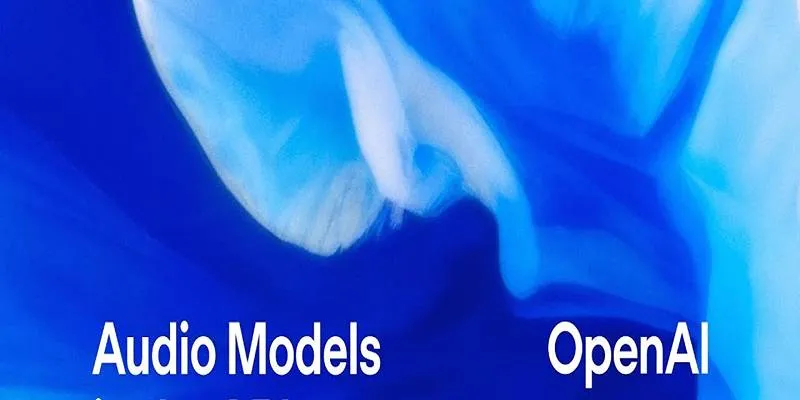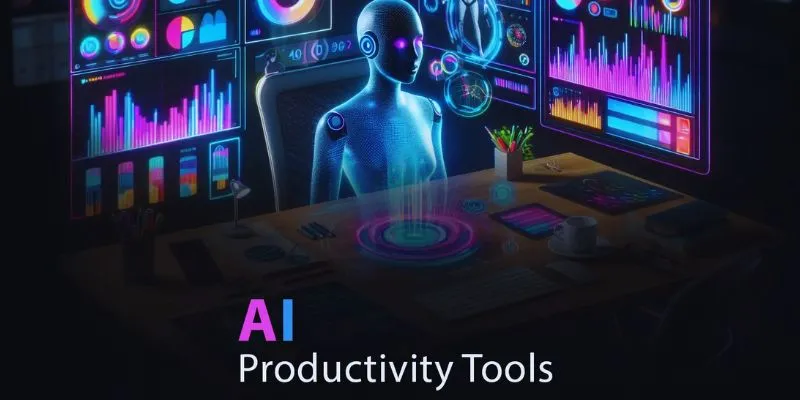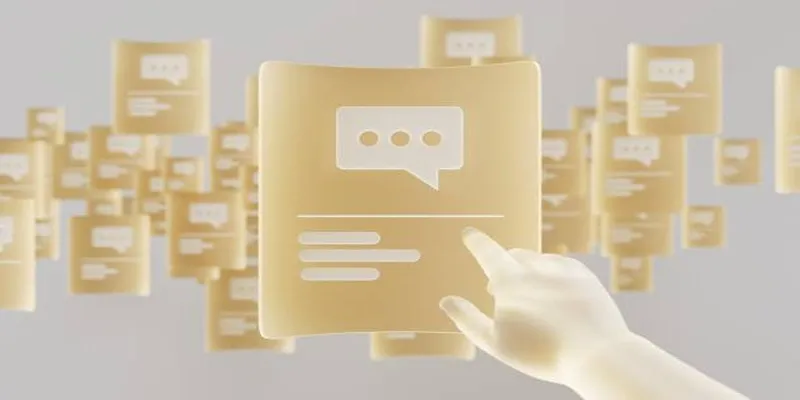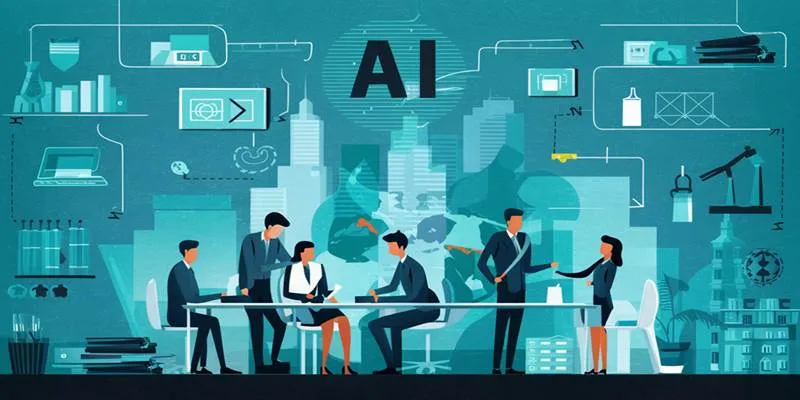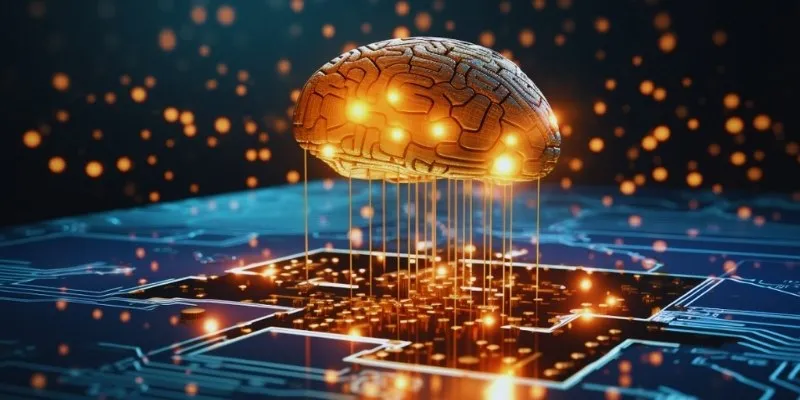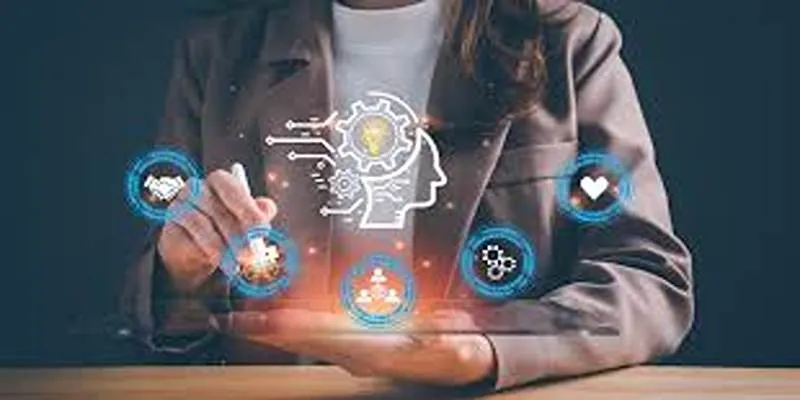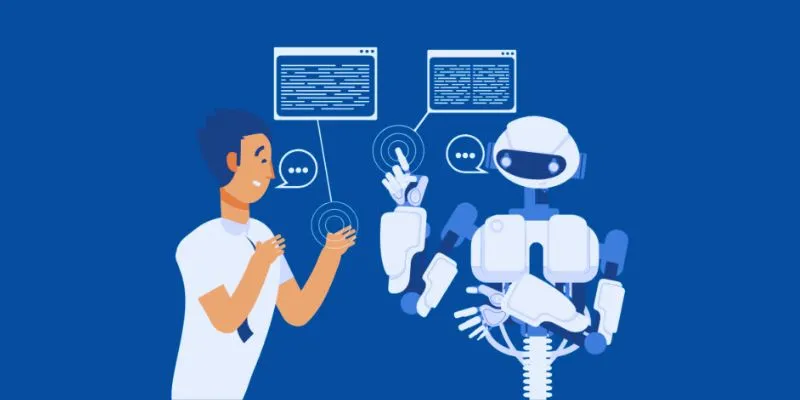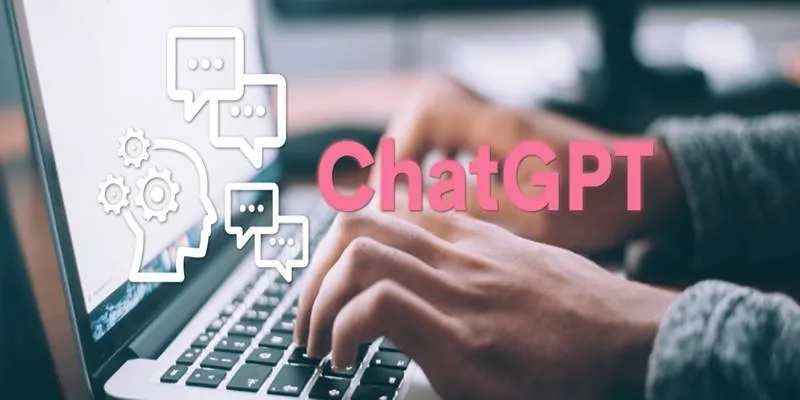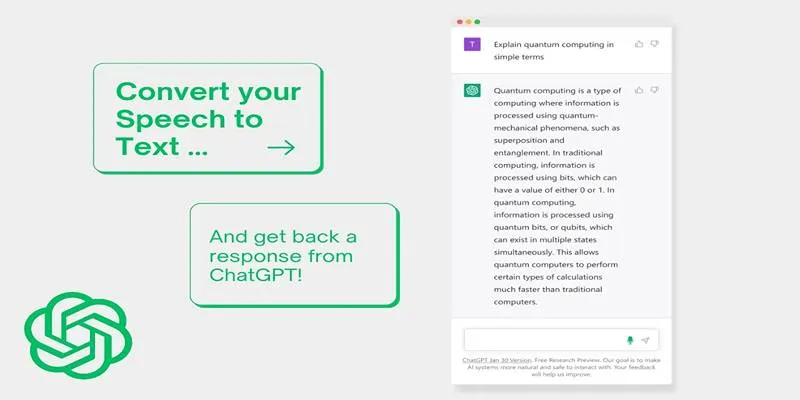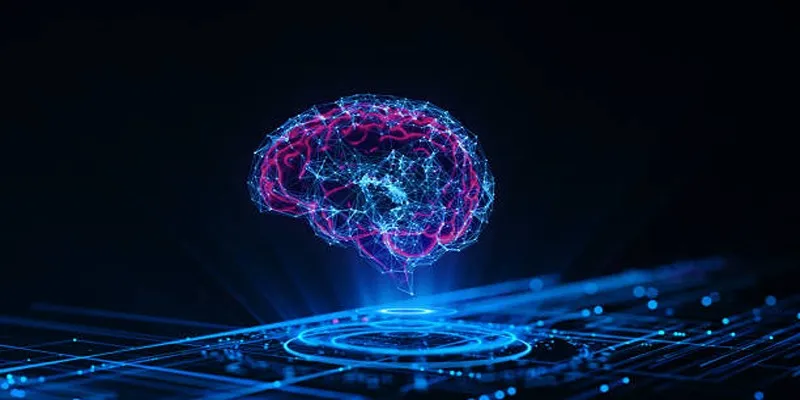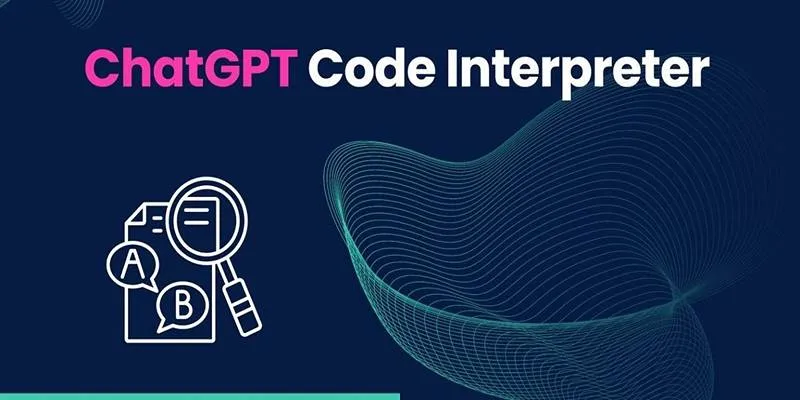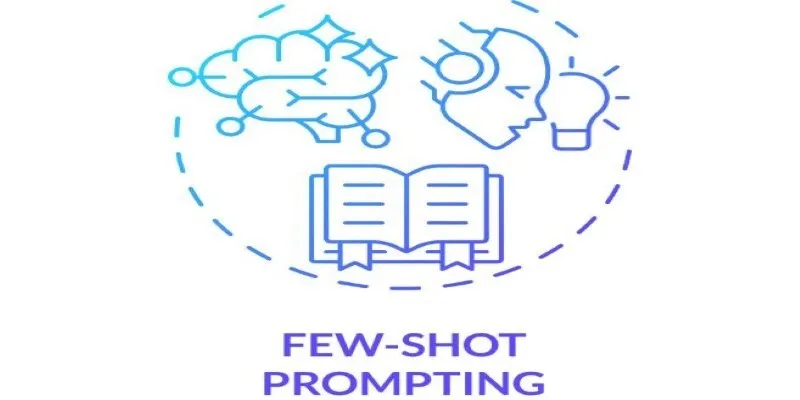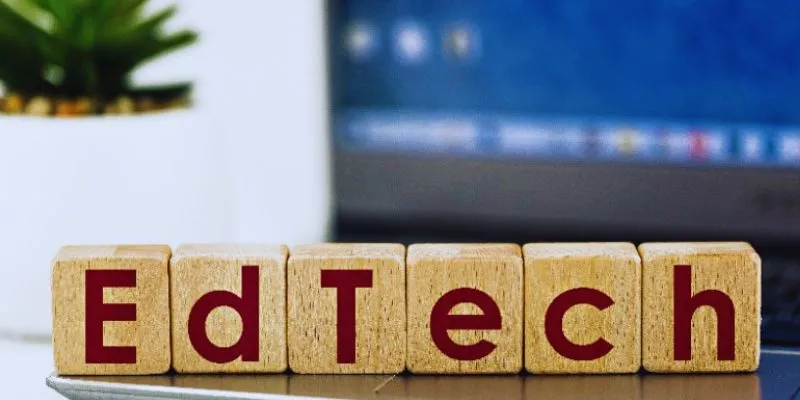To enhance the SEO, clarity, and readability of the blog article, I’ve revised the content while maintaining the original raw HTML format:
Automated transcription is a powerful tool that efficiently converts spoken words into written text. It is essential for adaptive applications, saving time and improving access to information. Whether for education, business, or accessibility, automated transcription streamlines communication, making it easier to share, analyze, and utilize speech-based content effectively.
What Is Automated Transcription?
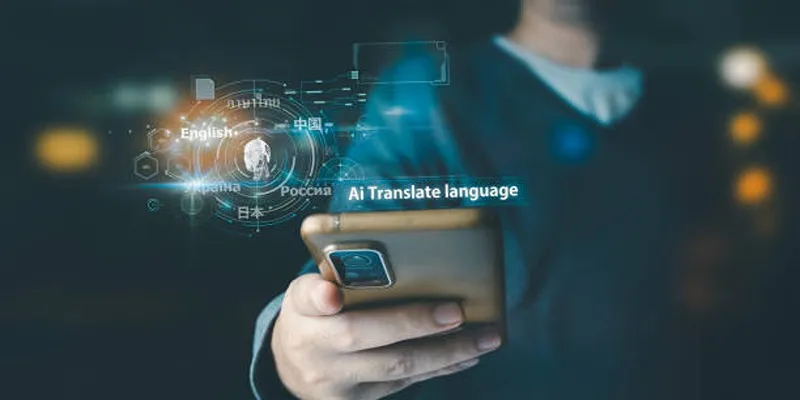
Automated transcription uses AI-powered tools to transform spoken language into written text, either in real time or from recorded audio. Unlike manual transcription, which is time-consuming, automated transcription leverages advanced algorithms, machine learning models, and natural language processing (NLP) to deliver accurate results quickly.
Beyond capturing words, the best systems offer features like speaker identification, timecoding, and punctuation, ensuring transcripts are readable and actionable.
The Need for Adaptive Applications
Adaptive applications are software tools or platforms that dynamically respond to user interactions or environmental data. By learning from past behavior or external inputs, they enhance user experiences, making them indispensable in today’s technology-driven world.
These tools rely heavily on input data to function effectively. Automated transcription, often overlooked, plays a foundational role in the success of such applications by providing actionable text data from audio or speech.
Why Is Automated Transcription Essential?
1. Enabling Real-Time Adaptation
Adaptive applications excel in making real-time adjustments. Automated transcription ensures that spoken inputs are promptly converted to text, analyzed, and fed into the system for immediate action.
Example:
Consider a customer support chat powered by adaptive AI. If the system transcribes and analyzes a customer’s spoken frustration in real time (“I’m disappointed in your service”), it can escalate the issue, notify a manager, or suggest tailored responses.
2. Improved Accessibility
Adaptive applications aim to be inclusive by meeting diverse user needs. Automated transcription is crucial for ensuring accessibility for individuals who rely on text-based content due to hearing impairments or language barriers.
Example:
In education, transcription tools convert lectures into multilingual text transcripts, enabling global student accessibility.
3. Enhanced Data for AI Models
AI-driven adaptive systems thrive on data. Converting spoken content into editable text opens opportunities for training and refining AI models. Automated transcription allows companies to gather large volumes of actionable data, enhancing system intelligence and responsiveness.
Example:
Media companies use transcribed user feedback from interviews or reviews to identify preferences and adjust streaming app recommendations accordingly.
4. Boosting Employee Efficiency
Businesses use adaptive applications to optimize workflows. By automating transcription, companies save hours of manual labor, allowing employees to focus on higher-value tasks like decision-making or relationship-building.
Example:
Consider a sales team using an AI-driven CRM application. Transcriptions of sales calls allow systems to accurately tag and analyze key data points, providing recommendations for upselling, identifying customer pain points, and developing deal-closing strategies.
5. Improved Searchability and Contextualization
Converting audio to searchable text ensures that adaptive applications can process and present information contextually. Without proper context, critical information might go unnoticed.
Example:
Court reporting software using automated transcription enables attorneys and jurors to search for specific phrases in extensive documented court dialogues or witness testimonies.
6. Supporting Remote and Hybrid Workspaces
With the rise of flexible work arrangements, adaptive meeting platforms leverage automated transcription to provide clean meeting notes and action items for remote employees. This alignment improves accountability within teams.
Example:
Video conferencing apps like Zoom and Microsoft Teams use automated transcription features so participants who missed a meeting can quickly review key highlights without watching hours of footage.
Features to Look for in Automated Transcription Tools
Not all transcription tools are created equal. When selecting a solution for your adaptive application, consider the following features:
- Real-Time Transcription: Provides instant transcripts as someone speaks.
- Speaker Identification: Differentiates between multiple speakers in conversations or meetings.
- Accurate Punctuation: Delivers grammatically correct transcripts that are easy to read.
- Custom Vocabulary: Adapts to industry-specific terms, like medical jargon or tech acronyms.
- Multilingual Support: Offers transcription accuracy across various languages and accents.
- Integration Capabilities: Seamlessly collaborates with platforms like CRMs, learning management systems, or customer support tools.
Ensuring your chosen transcription solution offers these features will help your adaptive applications maximize their potential.
Applications of Automated Transcription in Adaptive Systems
To truly grasp the importance of transcription technology, let’s explore its integration in adaptive applications across industries:
- Healthcare: Adaptive patient care systems transcribe doctor-patient conversations to update digital medical records.
- Legal: AI-powered adaptive tools transcribe courtroom conversations in real time and store searchable files for future referencing.
- Customer Experience: AI-driven chatbots use transcription tools to log every call or chat interaction for improved customer satisfaction metrics.
- Education: Virtual classrooms powered by adaptive learning systems use transcription tools to turn lectures into reading material for students with visual-audio preference biases.
These real-world examples emphasize how transcription tools can elevate adaptive systems and deliver value across industries.
Future of Transcription in Adaptive Technologies
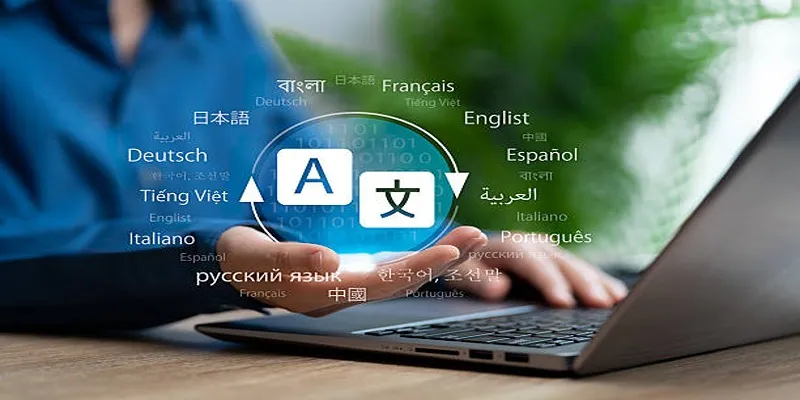
One potential development in transcription for adaptive technologies is integrating natural language processing (NLP) capabilities. With NLP, these tools will better understand and interpret human speech, leading to more accurate transcripts. This is especially valuable in industries like healthcare, where accuracy is crucial for patient care.
Another possibility is incorporating machine learning algorithms into transcription tools. These algorithms would enable the tool to learn from previous transcriptions, increasing accuracy over time. This could also lead to features such as automatic speaker identification and accent differentiation.
Conclusion
Advancements in transcription technology can significantly improve efficiency and accuracy across various industries. By leveraging artificial intelligence and machine learning, these tools can adapt to diverse needs and overcome challenges like accent variation and speaker differentiation. As these technologies evolve, they will play a crucial role in enhancing productivity and accessibility in both professional and personal contexts.
 zfn9
zfn9
